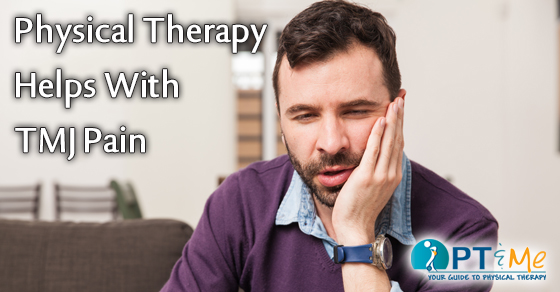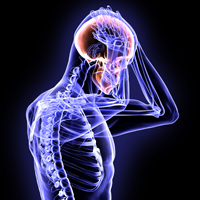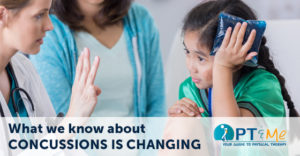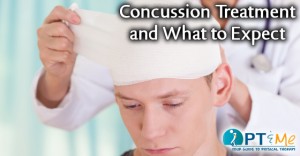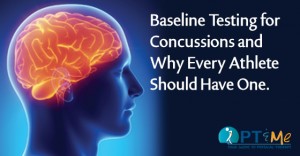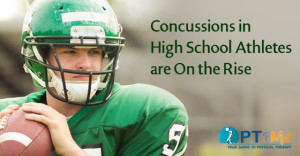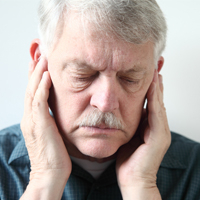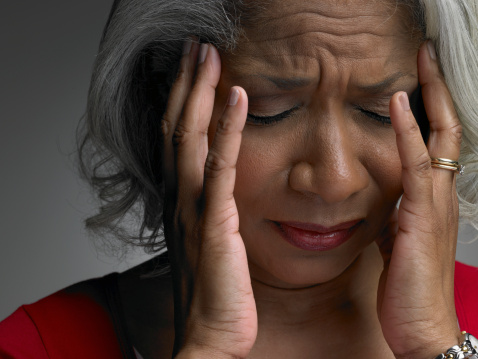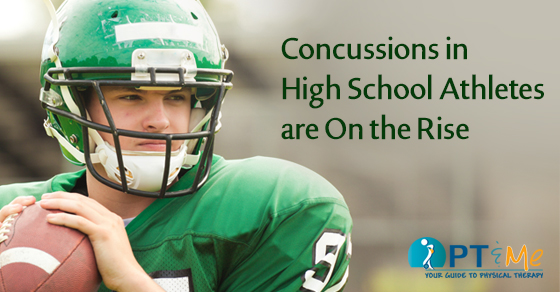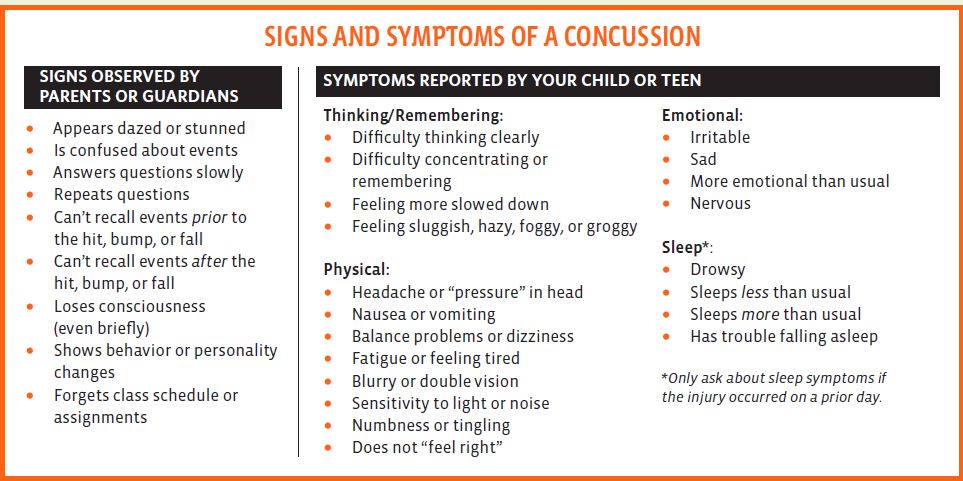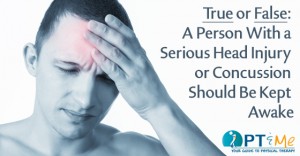Physical Therapy can help those suffering with pain associated with the facial region, head, and/or neck, including those struggling with Temporomandibular (TMJ) disorders.
The temporomandibular joint or TMJ, is a complex joint located in front of each ear. It is responsible for allowing mouth opening and closing. When the TMJ is not working correctly, you may experience jaw pain, clicking, popping, or locking of the joint. You may also experience headaches, neck pain, sinus pain, dizziness, and ear ringing or pain. TMJ pain or Temporomandibular Dysfunction (TMD) is not strictly limited to the jaw, jaw, it can also be influenced by activities, positioning, or alignment of the head and neck.
COMMON CAUSES
- Excessive grinding or clenching of teeth
- Joint stiffness
- TMJ Disorders
- Poor Posture or Ergonomics
- Other neck conditions including pain and headache
- Stress and muscle tension
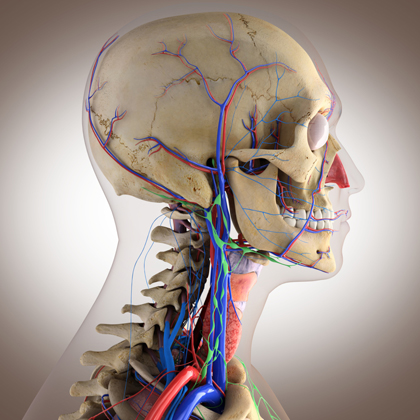
PHYSICAL THERAPY TREATMENT FOR TMJ
Physical therapy treatment includes an in depth evaluation of the structures of the cervical spine, jaw joints and head. Treatment could include manual therapy techniques for the spine, jaw and soft tissues, exercise for the jaw and neck, and modalities. Evaluation focuses on the relationship of the muscles, joints and nerves of the jaw, head, neck and face and how they relate to each other. Manual therapy may be used to improve range of motion and mobility of the jaw and neck. Exercise is designed to restore the proper balance of the spine and head to take unnecessary stress off of sensitive tissues and to support the body so it can perform the activities of daily living efficiently and comfortably. Modalities will decrease the short-term discomfort and joint irritation. We will look at how you interact with your environment to see if there are activates you preform that put increase stress on your body which could cause increased pain. Most importantly, in addition to these techniques, the patient is provided with a home exercise program to aid in symptom reduction. Each treatment plan is based on a patient’s individual needs and the therapist, patient, and referring practitioner work as a team to reach the patients goals.
This information was written by Rehab Associates of Central Virginia, an outpatient physical therapy group with 13 locations in Central Virginia. Their physical therapists have advanced degrees in specialty orthopedic care from head to toe. From musculoskeletal headaches to lower back pain to heel pain syndrome, they can help take away your pain and help you return to normal activity. For more information click here.

